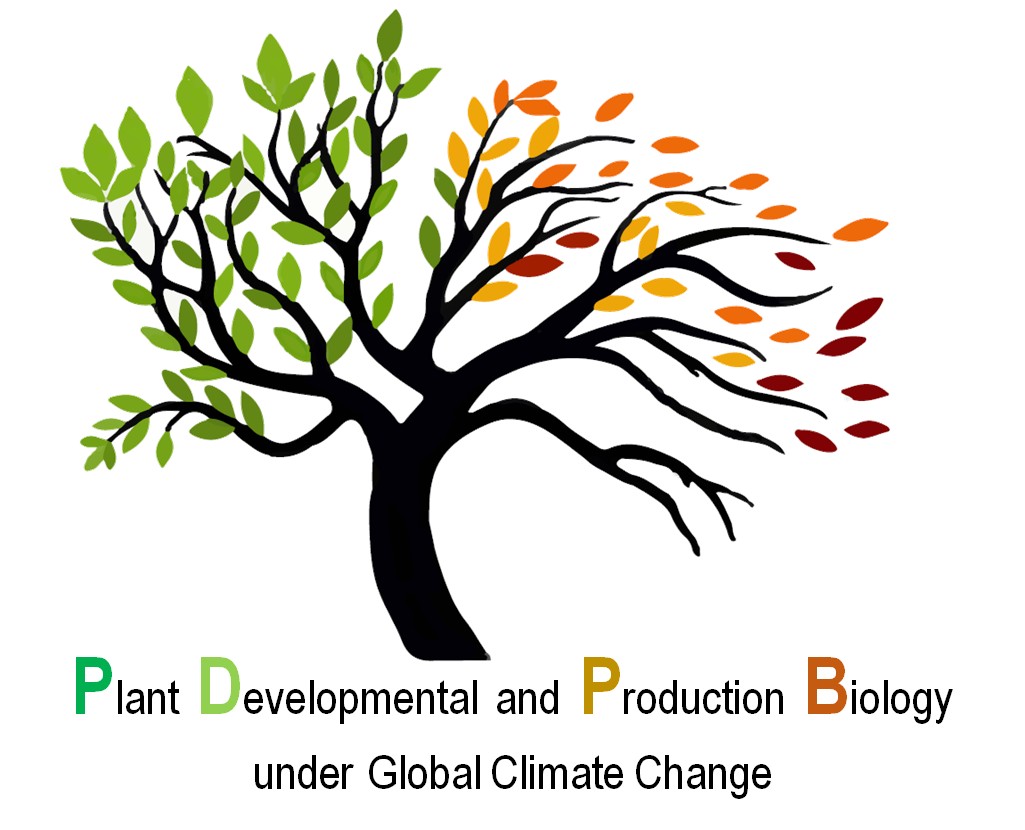| |
|
Plant-pathogen interaction – proteomics and metabolomics�analyses of Phytophthora infection in poplar
|
| |
|
Berka M [a], Dvořák M [b], Milenković I [b], Klinkovská V [a], Saiz-Fernández I [a], Ďurkovič J [c], Brzobohatý B [a], Černý M [a]
|
| |
|
|
| |
|
[a] Department of Molecular Biology and Radiobiology, Mendel University in Brno, Brno, CZ
[b] Phytophthora Research Centre, Faculty of Forestry and Wood Technology, Mendel University in Brno, Brno, CZ
[c] Department of Phytology, Faculty of Forestry, Technical University in Zvolen, T.G. Masaryka 24, Zvolen, SK
|
| |
|
|
| |
|
The elucidation of molecular mechanisms of plant-pathogen interaction is instrumental in understanding the infection process and providing means of protection. Here, we employed a set of hybrid trees (Populus tremula × (P. × canescens) and performed a trunk inoculation with P. plurivora or P. cactorum. After 12 months, we sampled sections around the infection zone and leaf material from healthy and infected trees. We analyzed proteome and metabolome and compared it with that of control plants. In total, we identified more than 2,700 and more than 3,000 proteins in leaf and trunk proteome, respectively. We found that P. plurivora and P. cactorum elicit some overlapping responses, and that the proportion of differentially abundant proteins was much higher in samples of P. plurivora infected poplars. The identified putative infection markers included wound-inducible and disease resistance-responsive proteins, as well as ROS-related enzymes and metabolites.
|
| |
|
|
| |
|
|
|

